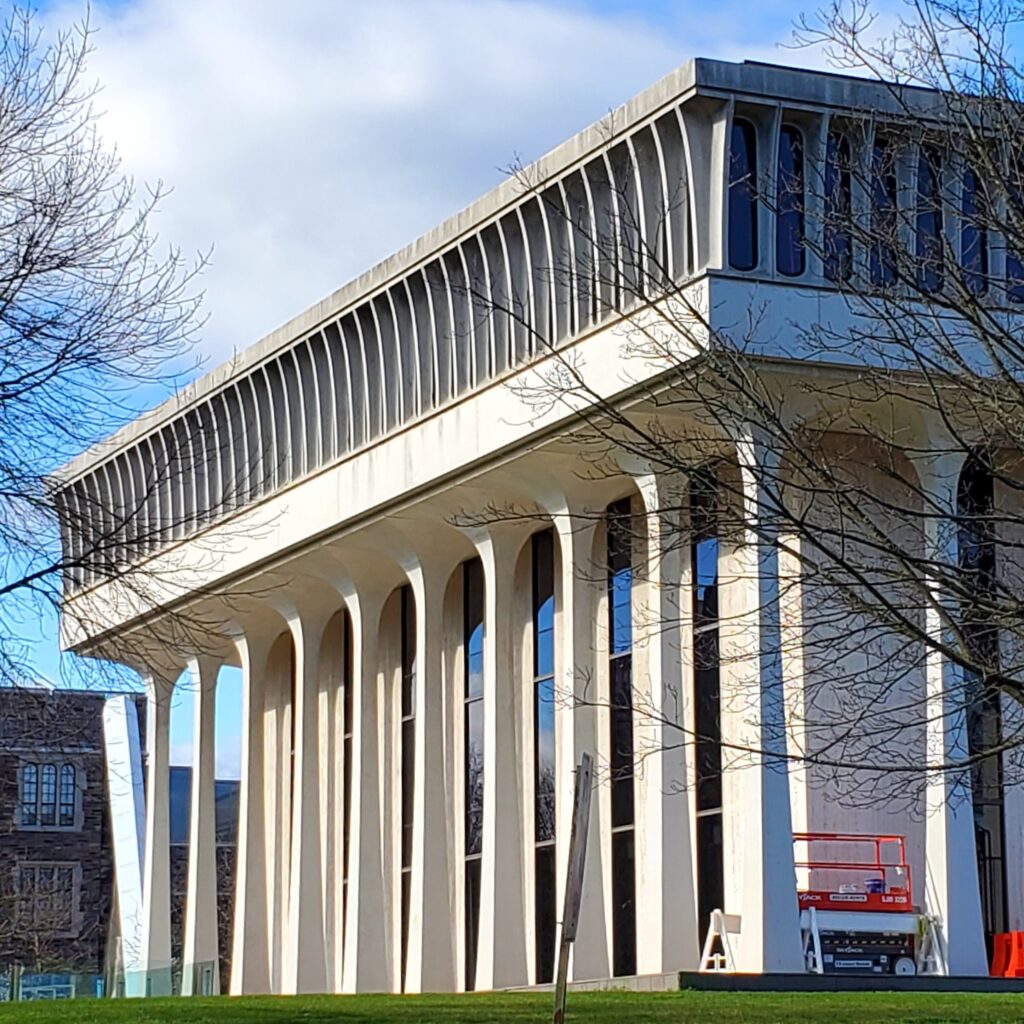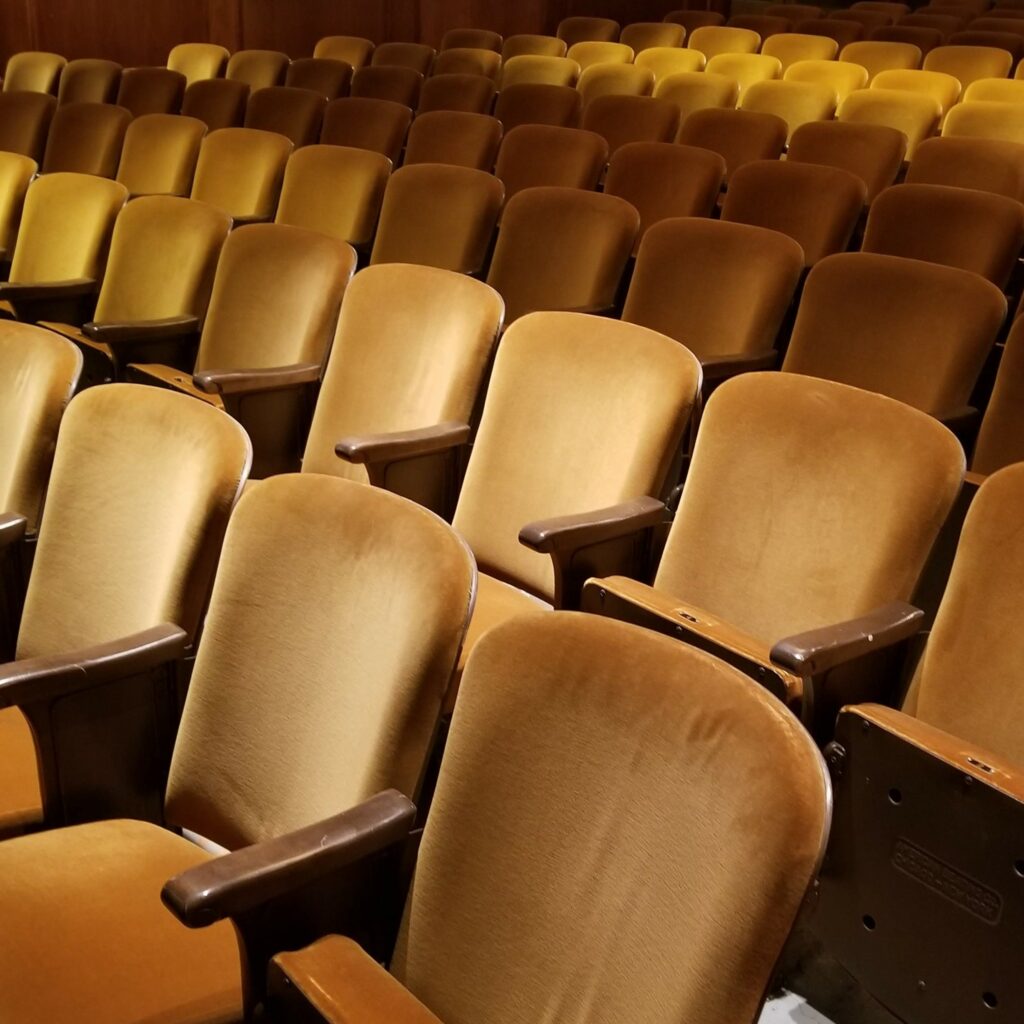Preservation for beginners
Why is historic preservation important?
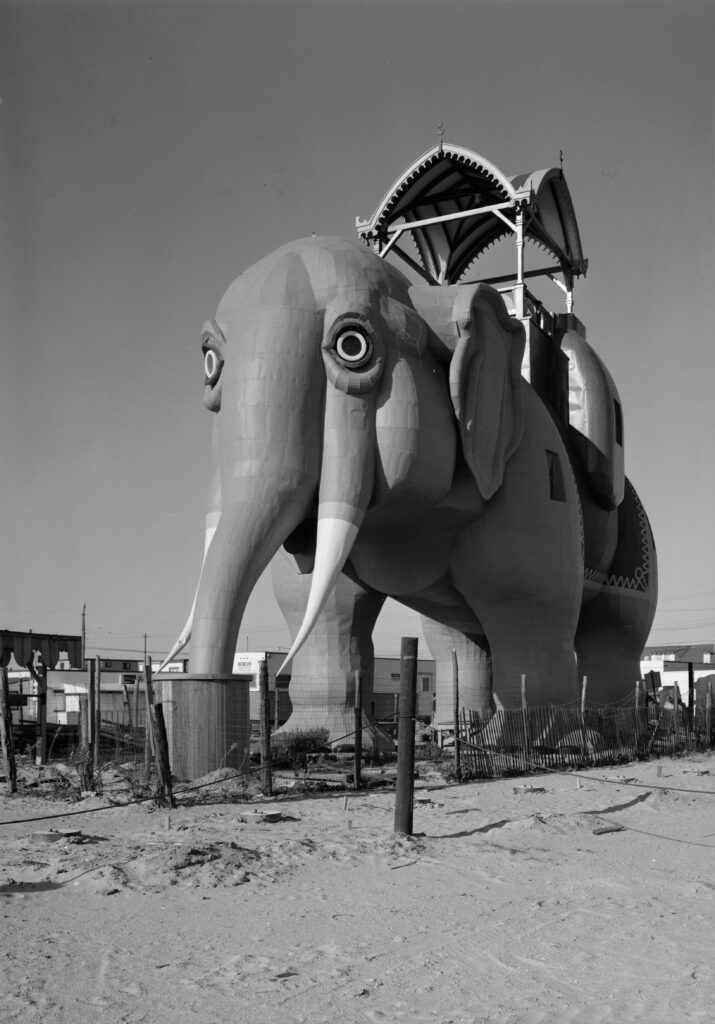
Historic preservation is not a luxury for the few, it is at the very heart of making New Jersey a place our children and grandchildren will want to live for generations to come.
Historic preservation is about …
- Saving the buildings, neighborhoods, and landscapes that give New Jersey its special character.
- Conserving the state’s natural resources by investing in existing communities.
- Creating jobs and tax revenues for the state and its localities.
What is the Historic Preservation Office trying to preserve?
Historic Places
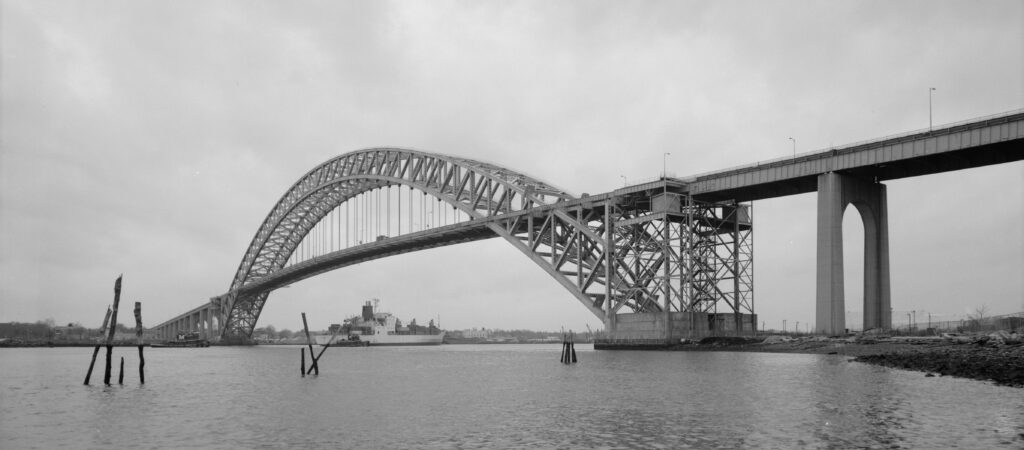
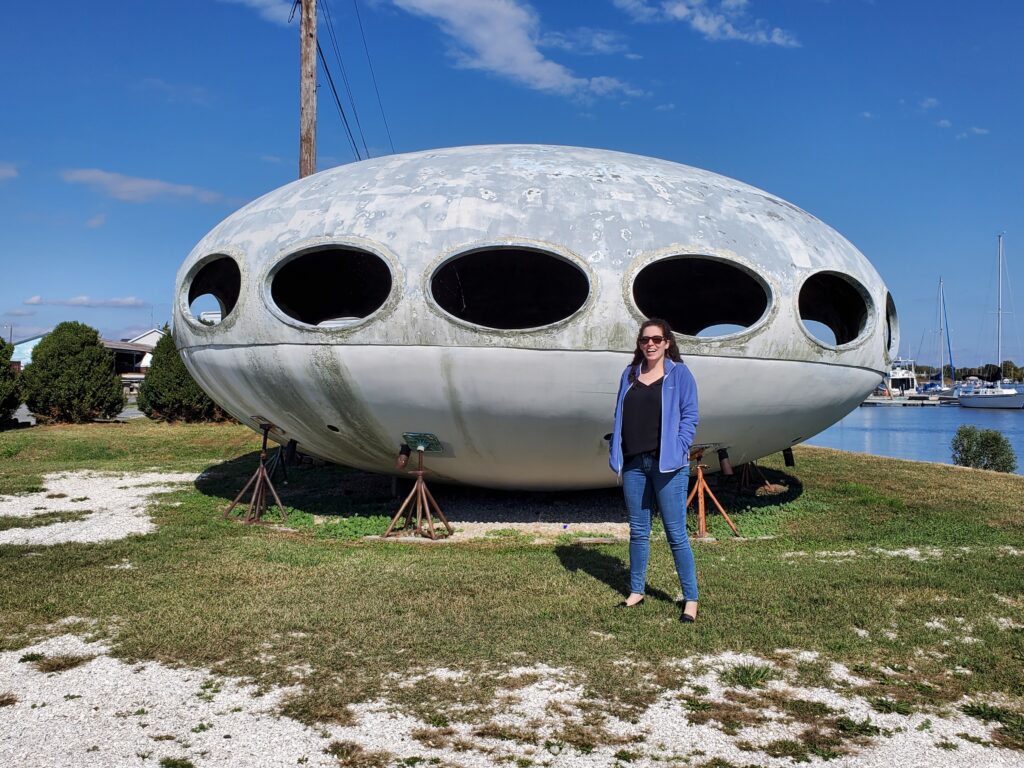
Houses
Historic houses in New Jersey reflect centuries of styles and building materials. Our houses range from the earliest settlements to the modern day.
Neighborhoods and communities
Historic communities reflect the diverse heritage of their residents. The people who live, work and raise families in a community shape its character.
Revitalizing these neighborhoods and main streets is critical to sustainable growth.
Farms and landscapes
Agriculture has always been important to the state economy and culture heritage. From early Native Americans to the present day, we have farmed the Garden State’s lands. Our innovative farming techniques and plant hybrids are famous outside our borders.
Beyond fields and farms, New Jersey has a wealth of other historic landscapes. Tourists can now visit formal gardens and other immaculate outdoor spaces. Public parks share the beauty of nature with residents and visitors.
Industrial sites
New Jersey’s location on the Eastern seaboard makes it a strategic transportation hub. We connected our industrial and economic centers through generations of transportation technology. New Jersey played a role in everything from early railroads to the modern interstate.
This rich transportation heritage attracted and encouraged inventions in other industries. Our historic labs were the birthplace for innovations in chemistry, electronics and communications.
Public buildings
Many historic public buildings are treasured landmarks. They represent important eras in the state’s history and continue to serve us. For instance, the Works Progress Administration built or created artwork for schools, city halls and post offices throughout the state.
Regardless of style or age, these buildings show an attention to design and detail that all residents can appreciate. Their preservation is an important part of responsible government stewardship.
Archaeological sites
Native Americans lived in New Jersey as early as 11,000 years ago. They expanded throughout the state to locations we are still rediscovering today. New Jersey’s archaeological resources also include thousands of sites associated with
- Historic communities
- Farmsteads
- Industrial properties
- Underwater maritime sites
Significant resources from the recent past
Change shaped the 20th century. Successive waves of immigrants shaped our culture, food and entertainment. City residents expanded into the suburbs by train, then car. The rise of the automobile created our modern highways and roadside economies. Air travel connected us further to the world and, in turn, welcomed visitors. Radio, television and the internet broadened our mass entertainment.
These changes from the recent past shaped our lives and culture. Identifying and interpreting the best examples expands our cultural heritage.
Stories from the past
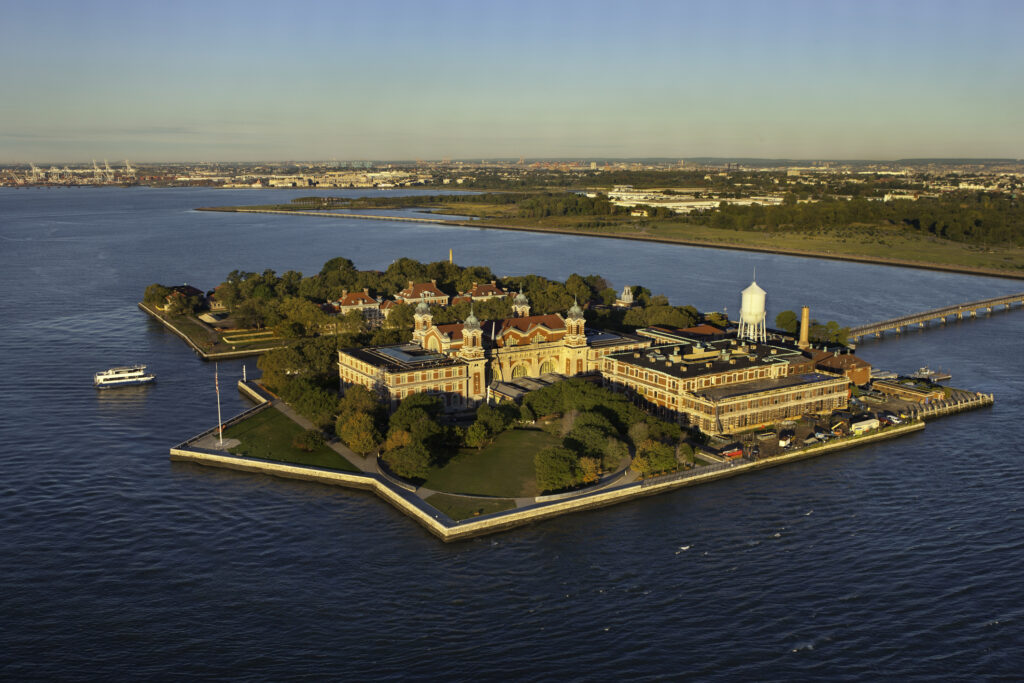
Strength in diversity
New Jersey has a rich heritage of cultures and peoples. Their stories shaped our landscape and our present culture. They give meaning to our historic buildings, sites and communities. By preserving and sharing these stories, we can inspire newly arrived residents today.
The forging of a nation
New Jersey is one of the original thirteen colonies. Its pivotal location also placed it in the center of the American Revolutionary War. From 1775 to 1783, critical battles and events in the war unfolded across New Jersey. After the war, our state remained an important player in the new nation’s development.
Scientific and cultural revolutions
New Jersey is an integral part of our nation’s scientific, social and cultural history. Our state witnessed major breakthroughs in multiple scientific fields. Key figures for social change, like suffragists Alice Paul and Elizabeth Cady Stanton, called New Jersey their home.
New Jersey also pioneered cultural shifts that are less lofty but still part of modern life. Coastal communities hosted the first wave of what has become one of the most popular forms of recreation in this country — the shore vacation. The state’s transportation networks and manufacturing power turned it into the “Diner Capital of the World.”
Our quality of life
New Jersey’s historic places and stories can teach us about our past, present and paths to a better future. Preserving and enhancing existing communities …
- Promotes sustainable development
- Protects our environment
- Strengthens our urban centers
Planning
Continue reading about our cultural heritage and plans to preserve it in our statewide comprehensive plan.
How do I get involved in preservation?
The following are just a few ways for individuals, businesses, non-profit organizations, and county and municipal governments to participate in and advocate for historic preservation:
Individuals
- Learn more about the history of your community.
- Research the history of your home.
- Buy historic homes and visit historic sites.
- Patronize businesses in historic downtowns.
- Join historical societies and preservation organizations.
- Volunteer to work on a historic preservation project.
- Advocate for additional funding for preservation at the state and local levels.
- Serve on local boards and commissions and support preservation.
- Run for elected office.
Businesses
- Rehabilitate historic properties.
- Locate your business in a historic building.
- Support special improvement districts and façade improvement programs that benefit historic preservation.
- Take advantage of federal and state preservation tax credits.
- Participate in a local “Main Street” program.
Non-profit organizations
- Acquire and rehabilitate historic buildings.
- Educate the public about the values of preservation.
- Develop heritage tourism attractions.
- Advocate for preservation policies and funding.
Local governments
- Promote the NJ State Plan.
- Conduct architectural and archaeological planning surveys.
- Adopt historic preservation plans, ordinances, and tax incentives.
- Incorporate preservation into county and municipal open space and farmland preservation programs.
- Support mixed uses, reductions in minimum parking requirements, and other zoning changes that encourage historic preservation.
Other beginners resources
Local preservation checklist
Use this checklist to see what tools you have available and where your community still needs to improve its local preservation program.
Researching the history of a house
Start exploring the history of your house! Use research and physical evidence to narrow down …
- When it was built or modified
- Its architectural style
- Who lived there
